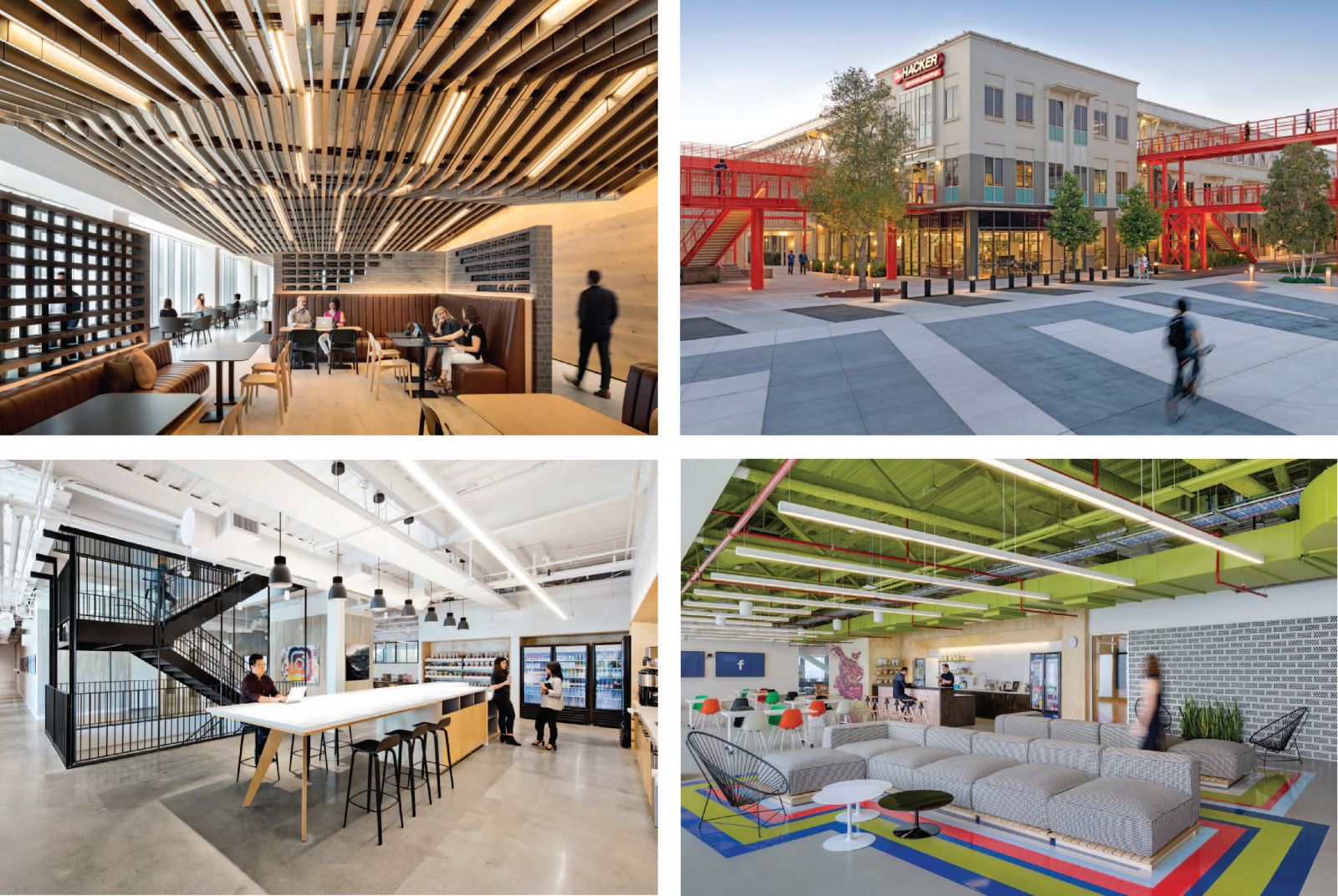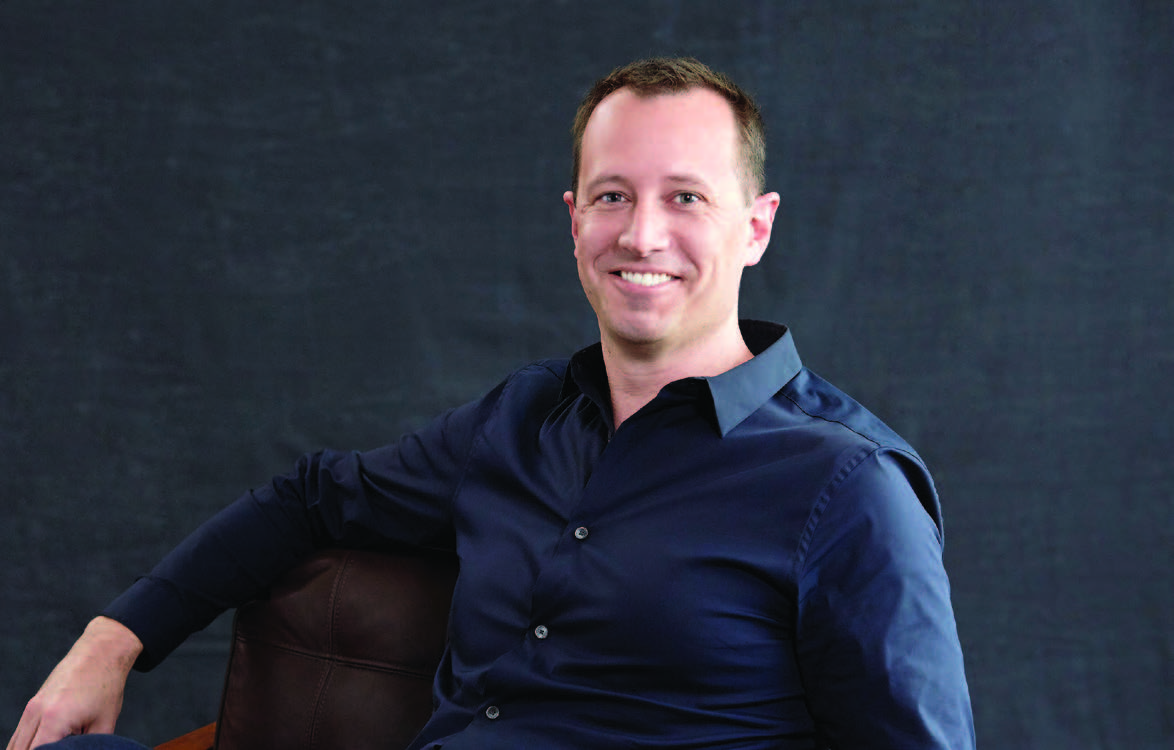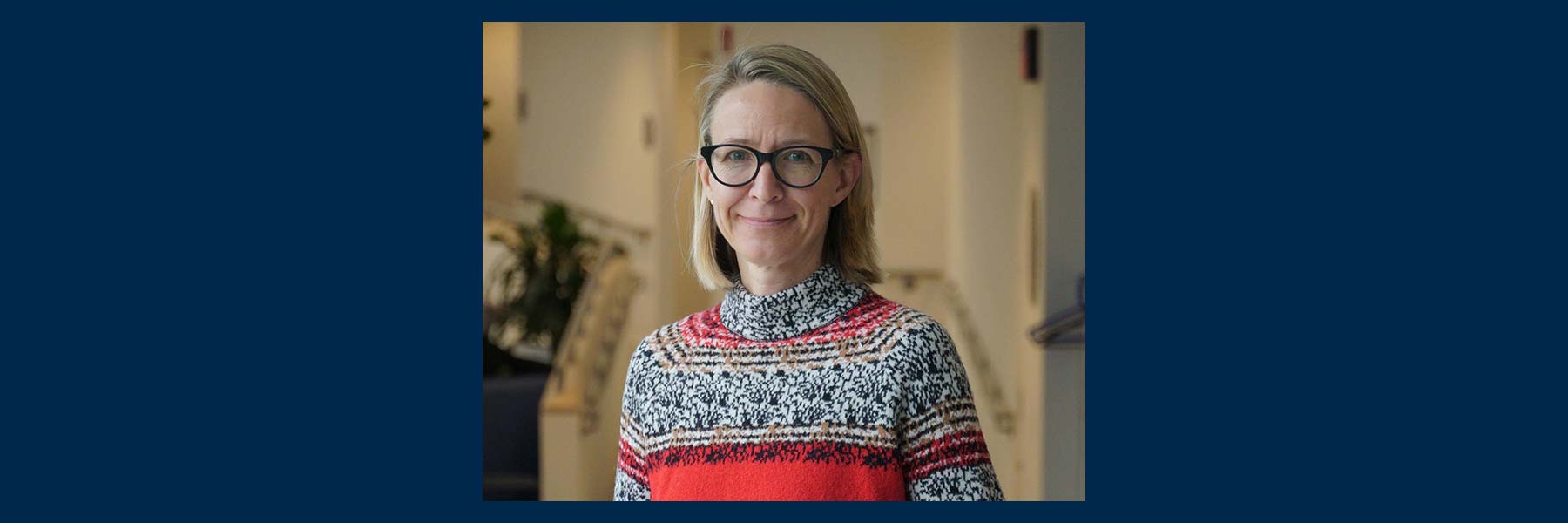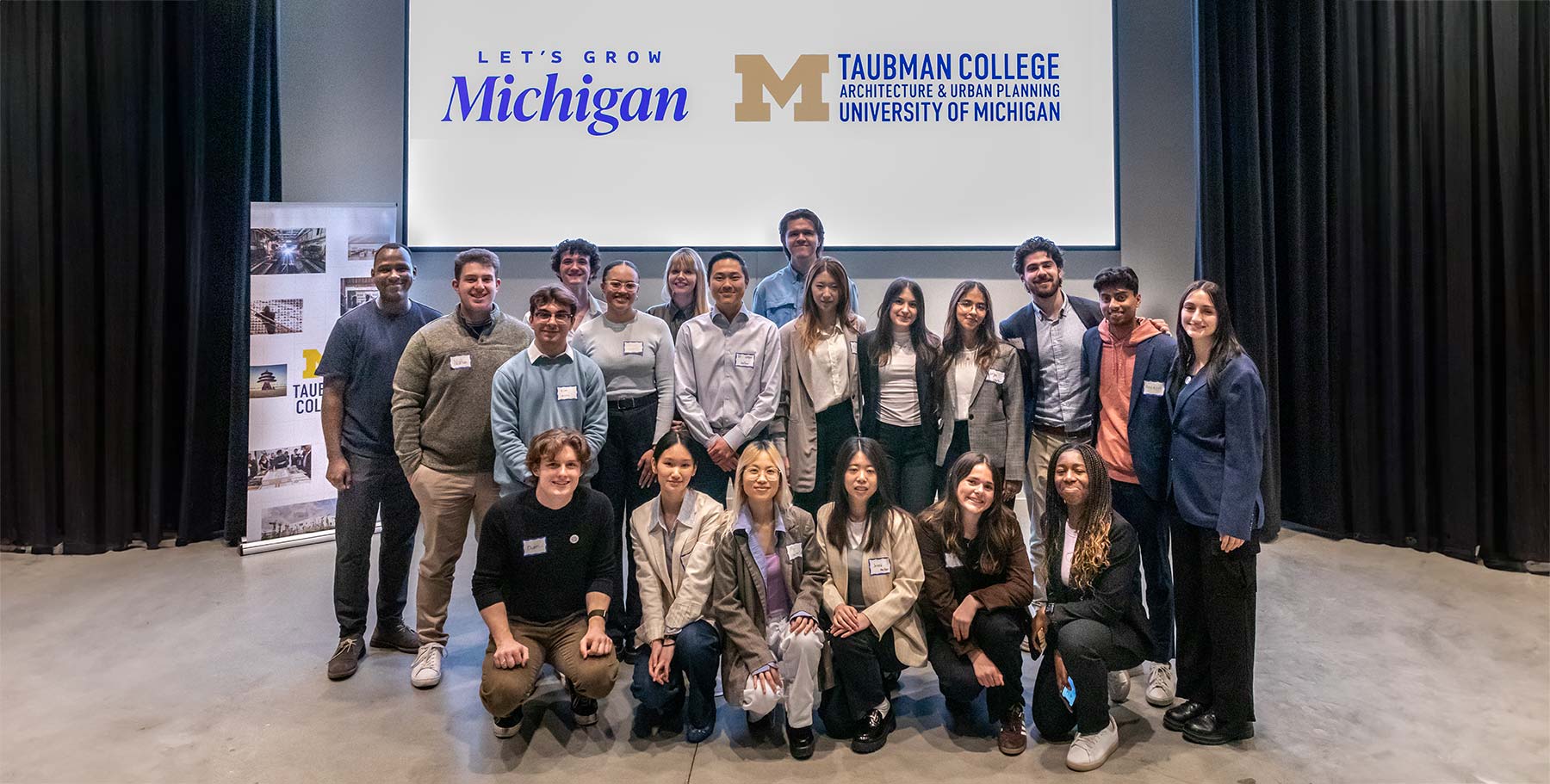All in a Day’s Work
By Amy Spooner
LIKE MANY OF US, Randy Howder, B.S. ’99, spends a lot of time thinking about work. But beyond to-do lists and upcoming meetings, he thinks about how work actually works — how workspace design can reflect an organization’s culture and help make its employees happy to be there.
Howder is managing director of the San Francisco office of Gensler, which is an industry leader in workplace design but also does an array of projects for clients worldwide. Howder’s clients are some of Silicon Valley’s biggest names — including Facebook and LinkedIn — as well as Hyatt Hotels Corp. and Indian developer Oberoi Realty. Although he began his career practicing residential design, the work at Gensler feeds his love of having a personal connection with the end-user, but on a bigger scale. “I gravitate toward projects where I’m trying to unlock the identity of a company and its people and influence the architecture of their space accordingly,” says Howder. “I equate it to the commercial version of residential design because it’s very personal. People spend a lot of time at work, so helping transform a company through the design of their workplace is fascinating.”
With the Bay Area’s soaring rent and proximity to Silicon Valley, Gensler’s San Francisco office is uniquely positioned to think about the modern office. Amid cutthroat competition for top talent, workspace and corresponding perks can be difference makers for companies in the area. Furthermore, since most tech companies don’t produce tangible goods, their space is central to their identity, Howder says. “The office is the physical manifestation of their brand.”
As the dot-com era surged, perks like in-office game rooms, fitness studios, and nap pods became legendary. Today, even after the bubble burst, the industry’s exponential growth and the tight labor market have assured their ongoing prevalence. But Howder sees the tech industry and the Bay Area, more generally, as leading indicators of a trend that transcends sectors and geography: “It’s about more than foosball. There’s an increasing focus on employees’ sense of fulfillment and finding ways to show that we understand who they are. When you compare the cost of some of these perks to the cost of training new people to fill vacancies, it’s a non-issue.”
Howder thinks about these issues for his clients and for his own organization — day-to-day as managing director but also as he spearheaded Gensler’s recent move to new space in San Francisco’s burgeoning East Cut neighborhood. In the middle of one of the highest-cost real estate markets in the world, Gensler San Francisco competes against the deep pockets of multibillion-dollar companies for prime real estate, “so we had to be judicious with our amount of space,” Howder says. “People come to the office to do the work they can’t do somewhere else, like charrette with their teams, build a model, or use our virtual reality tools. So we’ve dedicated most of our space to that and to client meetings — big spaces that we can reconfigure and cover with pinups and mockups — as opposed to a traditional layout.”
Mirroring the trend in the spaces that Howder has designed for his clients, Gensler’s San Francisco office does not have dedicated desks for most employees, including him. With his heavy meeting schedule, “I shouldn’t be taking up space that’s going unused,” Howder says. The configuration helps Gensler manage its resources and gives employees more flexibility, possibly the ultimate perk: “These design trends recognize that we’re here to get the best out of you, not to record how often you’re sitting at your desk. It’s about giving you the freedom to design your day while still delivering results.”
 Howder’s work at Gensler includes (clockwise from top left) Hyatt Global Headquarters, Chicago; Facebook, Menlo Park, California; Facebook, Mexico City; Instagram, London.
Howder’s work at Gensler includes (clockwise from top left) Hyatt Global Headquarters, Chicago; Facebook, Menlo Park, California; Facebook, Mexico City; Instagram, London.
In 2012, Howder was the lead designer for Facebook’s new Menlo Park, California, campus, and he has subsequently completed projects for Facebook all over the world. The challenge was to convert the nine-building, traditionally laid-out complex into a free-form, collaborative environment befitting of the world’s largest social connector. Although Facebook tapped Frank Gehry to expand the campus last year, Howder still works with the company to address ongoing needs. “They’re solving challenges that most other companies aren’t in terms of competition for talent and how to grow from a dynamic startup to being a massive component of the economy,” Howder says. “Gensler’s consistent relationship with Facebook over the past decade has brought me a lot of satisfaction.”
But as client-ripe as Gensler’s San Francisco backyard is, Howder says one of the things he likes most about his work is its globality. He recently oversaw the design of LinkedIn’s new London office and is working with a prominent developer in Mumbai to expand across India. “As India moves from developing country to global powerhouse, design expectations are aligning with established markets. It’s an exciting time to work there,” he says.
Howder credits his training at Michigan — from the campus’s diversity to his overseas studio experiences — with seeding his global perspective and ability to relate to clients across cultures. At the same time, the small-world nature of the U-M network has been powerful. As one example, his classmate Kristen Conry, B.S. ’99, a former vice president for Hyatt, asked him to design the company’s new headquarters in Chicago. Howder and his team designed the space, which was Interior Design’s 2017 Best of the Year Winner for Large Corporate Office, to reflect its industry: “I cannot tell if this is actually Hyatt’s global headquarters … because at this moment, I feel like I’ve stepped into a high-end hotel. And of course, that’s entirely the point,” a Fast Company story stated.
For Howder, the project was the latest reminder of why he loves what he does: “We helped their space reflect their core values and business goals, propel them into the future, and optimize the experience of their employees — their most valuable asset.”





